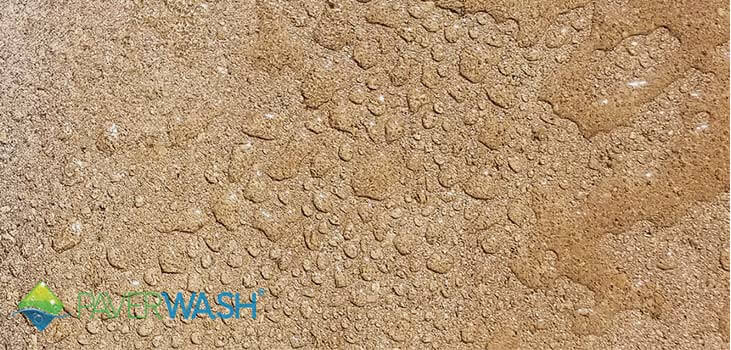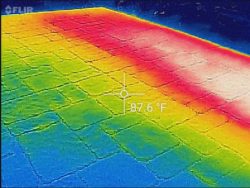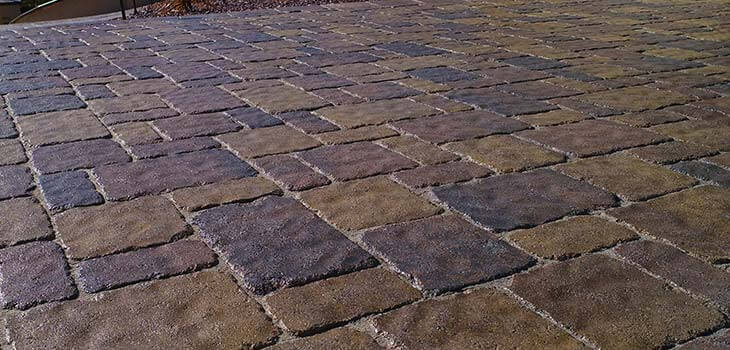
1. Choosing The Right Sealer For Your Project
The number one issue when it comes to paver sealer goes wrong is not using the right sealer for your pavers. There are many different types of sealers on the market and most are not design for pavers. Buying your own sealer in local hardware stores such as Lowes or Home Depot to seal your pavers is not a good idea and can often result in irreparable damage. Paver Wash uses top of the line sealers from the BEST sealer manufacturers in America, Alliance Gator and BP Pro.
2. Shelf Life
Many contractors who do not use sealer regularly are often working with expired sealer. As paver sealer nears it’s shelf life, the performance of the sealer decreases as well. Even the best sealers on the market such as Alliance Gator and BP Pro have a shelf life of 12 to 18 months, if it is stored in a cool area and out of direct sunlight.
3. Application
Applying paver sealer is like an art. The beauty and finished look of your paver sealer is determined by so many factors, all of which must be executed precisely. These factors range from operator consistency, the performance of the spraying equipment, the type of sprayer tip, the amount of gallons per minute and many more. Unless you are someone who is sealing pavers on a daily basis, sealing pavers is not the job for you. For the best results and the most cost-effective and efficient process, your pavers should only be sealed by the paver experts.

4. Too Much Sealer
One very common problem when it comes to sealing pavers is over application. When applying paver sealer, you must always be sure to remove any excess sealer on the pavers. Whenever there is a puddle of sealer on the pavers, this will result in white bubbles or milky, white stains once the sealer as dried. These bubbles and stains can quite often be irreparable or if so, the cost of the repair will be very expensive. Aside from stains and blemishes, if sealer is over-applied, the inconsistency will be very noticeable. You will see overlapping lines on your pavers, variations in color and even different finishes.
5. Curing Time
Many inexperienced contractors forget to tell their customers to turn off automatic water sprinklers for at least 24 hours after sealer has been applied. Customers must also allow at least a 24-48 hours of dry weather after sealer has been applied.If the sealer is not cured correctly, water can cause white marks or stains on your pavers and can even be trapped beneath the layer of sealer. It is very important not to walk or drive on sealed pavers at least 24-48 hours after application.

6. Temperature
Paver sealer should only be applied when paver temperature is between 40 to 75 degrees fahrenheit. Paver temperature can be controlled with water, however it takes an experienced professional to use this technique as it takes the utmost expertise to perform correctly. As with other sealing errors, if sealer is applied to pavers that are too hot, your pavers will be become stained, experience flashing from uneven application and may often start to peel and age prematurely resulting in expensive repair costs.



FOLLOW US